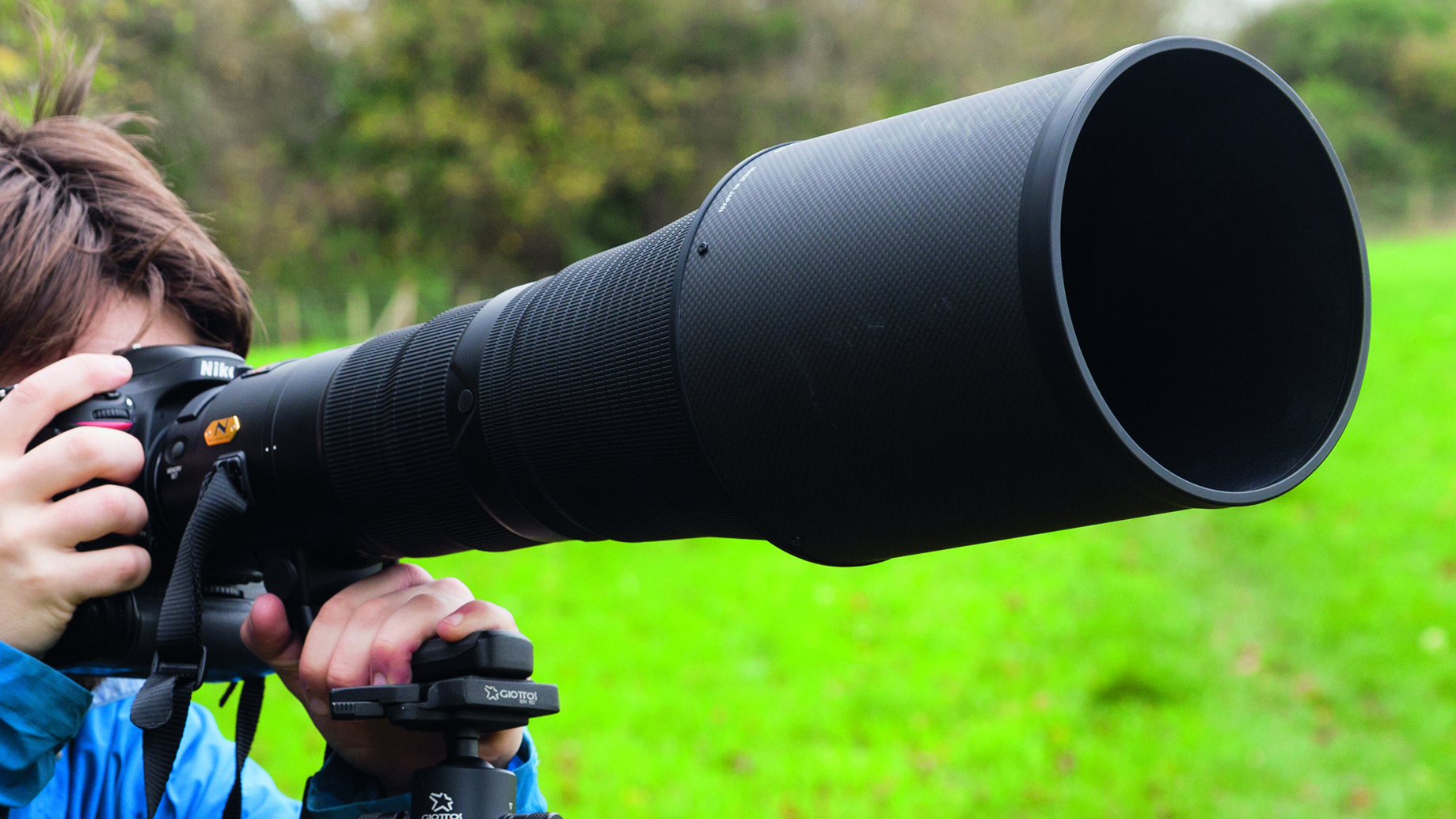Fujifilm GFX 100S II vs GFX 100S: which 100-megapixel camera is the best buy?
Is the Fujifilm GFX 100S II a worthwhile update? Our Fujifilm GFX 100S II vs GFX 100S comparison checks the details
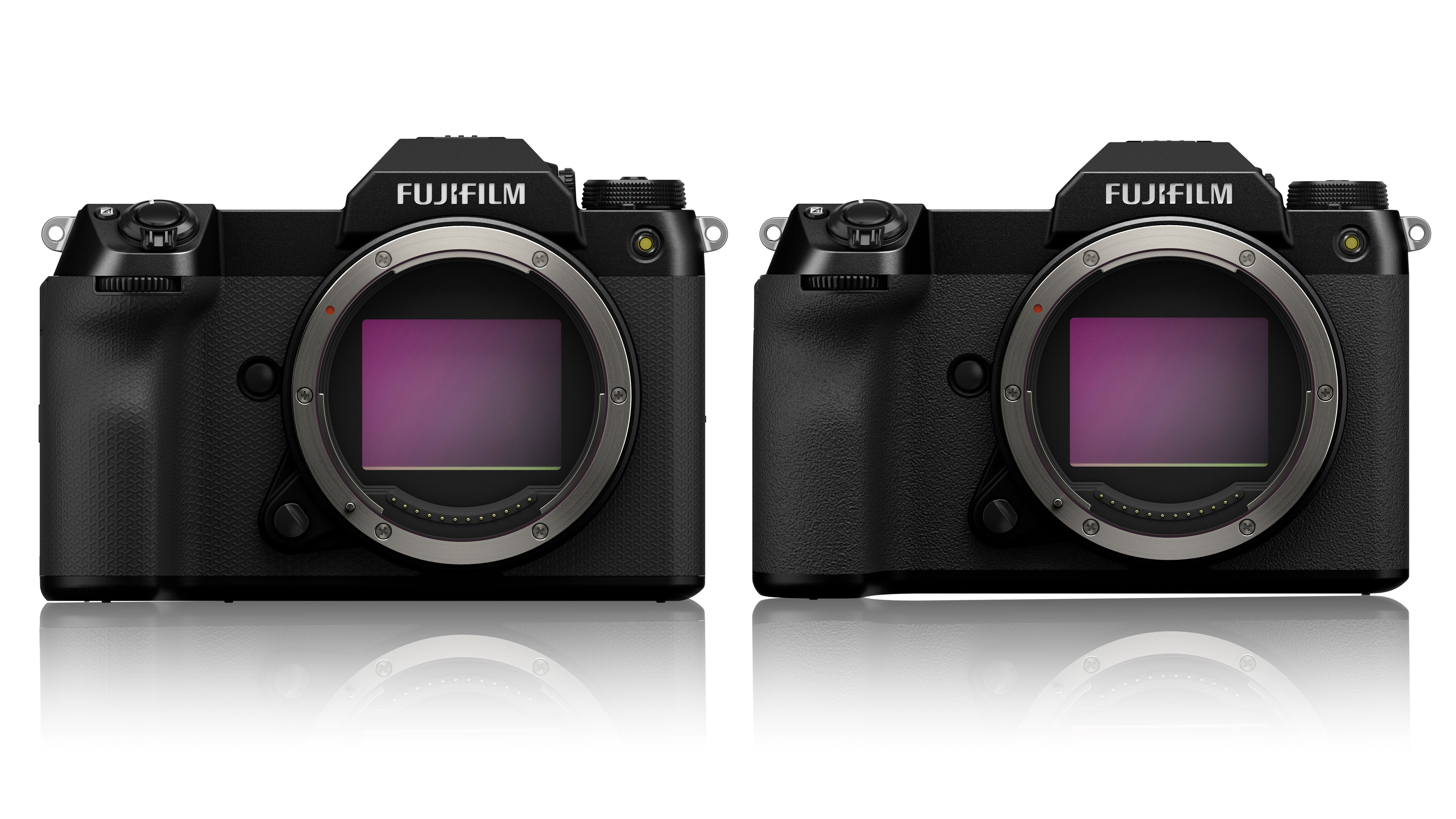
Fujifilm is shaking up its medium format camera range, ditching the last of its 50MP models to concentrate solely on its 102Mp GFX 100 range.
The cheapest entry-level Fujifilm GFX 50S II might be gone, then, but for now at least the ‘old’ GFX 100S stays on sale and becomes the cheapest route into the GFX system. It’s worth pointing out that the GFX 100S models, even the new one, are cheaper now than many full frame cameras, and the Hasselblad alternatives, including the Hasselblad X1D II 50C and X2D 100C are more expensive.
Certainly as far as practicality and affordability are concerned, Fujifilm’s GFX models are among the best medium format cameras on the market, and also perhaps the best cameras for professionals specializing in high-end, high-quality commercial and social photography events.
It’s true that the best Fujifilm GFX lenses can be pretty big, not to mention expensive, but that goes with the territory when you move up to medium format, and Fujifilm does deserve proper credit for making large-sensor cameras both practical and affordable for both professionals and keen amateurs.
So is the new GFX 100S II a major upgrade that immediately makes the ‘old’ GFX 100S obsolete, or is there still life in the older camera yet? If you already have a GFX 100S, do you need to upgrade to the GFX 100S II, and if you’re choosing between these cameras as a new purchase, do the discounted prices of the older GFX 100S make it a tempting buy?
Our Fujifilm GFX 100S II vs GFX 100S comparison lays out all the key differences. Individually they may look relatively minor, but they do add up to make a significantly faster, more powerful and practical camera than before.
Fujifilm GFX 100S II vs GFX 100S in 2024
Why you can trust Digital Camera World
1. Sensor
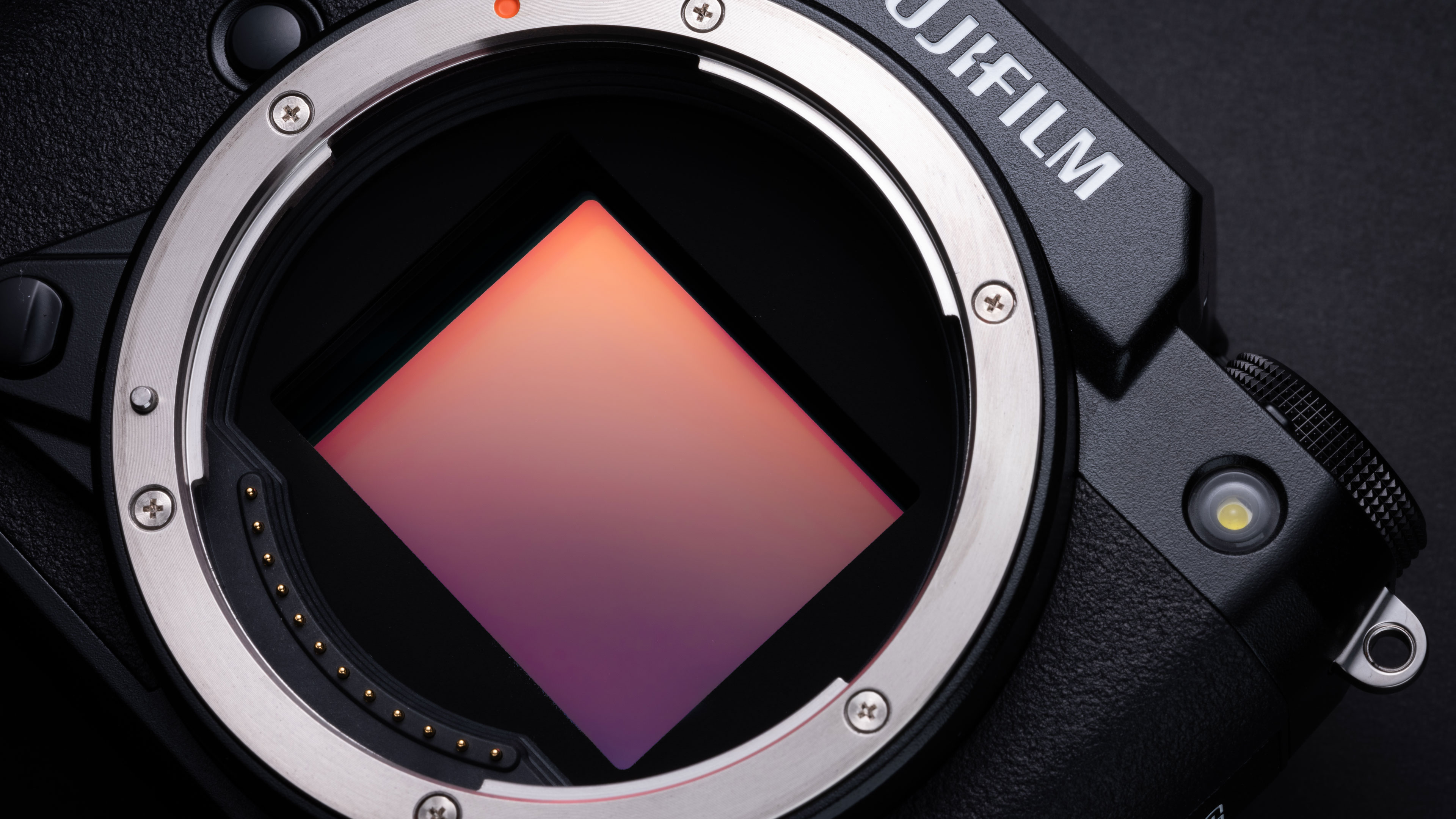
• Fujifilm GFX 100S II: Medium format 43.8 × 32.9mm 102MP CMOS II HS, X-Processor 4
• Fujifilm GFX 100S: Medium format 43.8 × 32.9mm 102MP CMOS II, X-Processor 5
On paper, the 102MP sensors in these two cameras look the same, but there are some differences. One physical difference is a change to the pixel structure that allows for higher levels of electron saturation, so that the minimum ISO comes down from ISO 100 to ISO 80. This does bring a potential advantage in outright image quality and dynamic range.
Another change is a modification to the micro lens design that improves light gathering efficiency at the edges of the sensor. The GFX 100S II also brings HEIF image capture as a higher quality alternative to JPEGs.
The other key difference lies behind the scenes, where the GFX 100S II swaps the X Processor 4 of the original model for Fujifilm’s latest X Processor 5. The extra processing power brings better autofocus features, burst performance and video capabilities.
2. Autofocus
• Fujifilm GFX 100S II: Hybrid 117/425 area phase/contrast AF, 100% coverage, face/eye AF, subject tracking, Animal/Bird/Automobile/Motorcycle&Bike/Airplane/Train subject recognition
• Fujifilm GFX 100S: Hybrid 117/425 area phase/contrast AF, 100% coverage, face/eye AF, subject tracking
The basic autofocus configuration remains unchanged, based around a hybrid phase/contrast AF system with single-point, zone and wide area AF modes. However, the extra power of the X Processor 5 together with general advances in AF tech mean that the GFX 100S II adds AI Animal/Bird/Automobile/Motorcycle & Bike/Airplane/Train subject recognition.
Fujifilm also says that an improved predictive AF algorithm means the GFX 100S II offers improved subject tracking and AF accuracy in low contrast environments.
3. Video
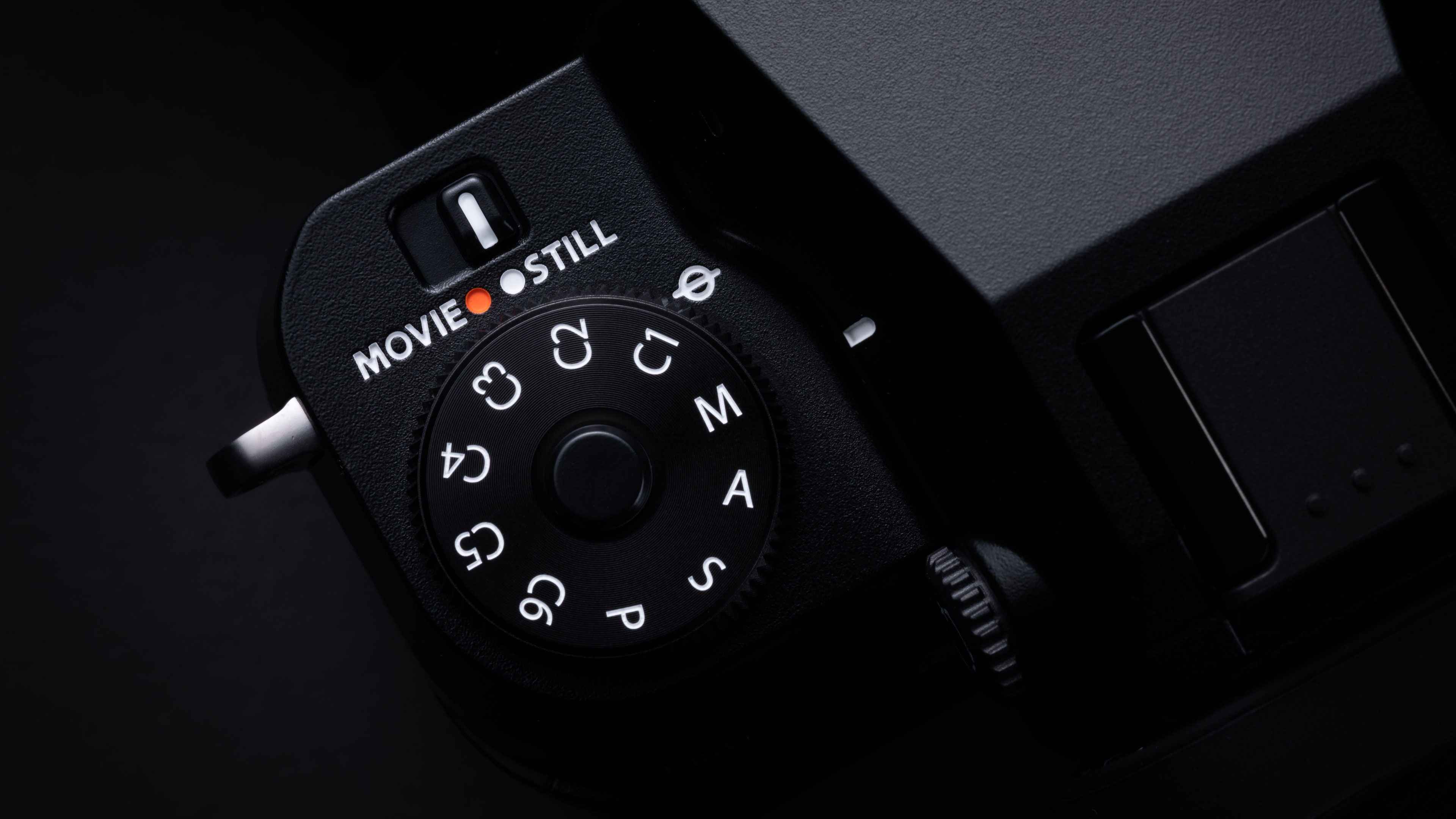
• Fujifilm GFX 100S II: 4K/30p, 10-bit F-Log2, 422 ProRes internal, 12-bit ProRes RAW via HDMI to Ninja V
• Fujifilm GFX 100S: 4K/30p, 10-bit F-Log, 12-bit ProRes RAW via HDMI to Ninja V
The original GFX 100S was already a surprisingly effective video camera given its medium format sensor, but the GFX 100S II takes this a step further. The top 4K 30p recording spec stays the same, but the newer model comes with Fujifilm’s more advanced F-Log2 profile, and as well as recording ProRes RAW to an external recorder (like the old camera) it can also record ProRes 422 internally.
The GFX 100S II adds a tracking AF function during video recording and comes with direct, native Camera to Cloud integration for Adobe’s web-based Frame.io service for automatic photo and video uploads.
4. Stabilization
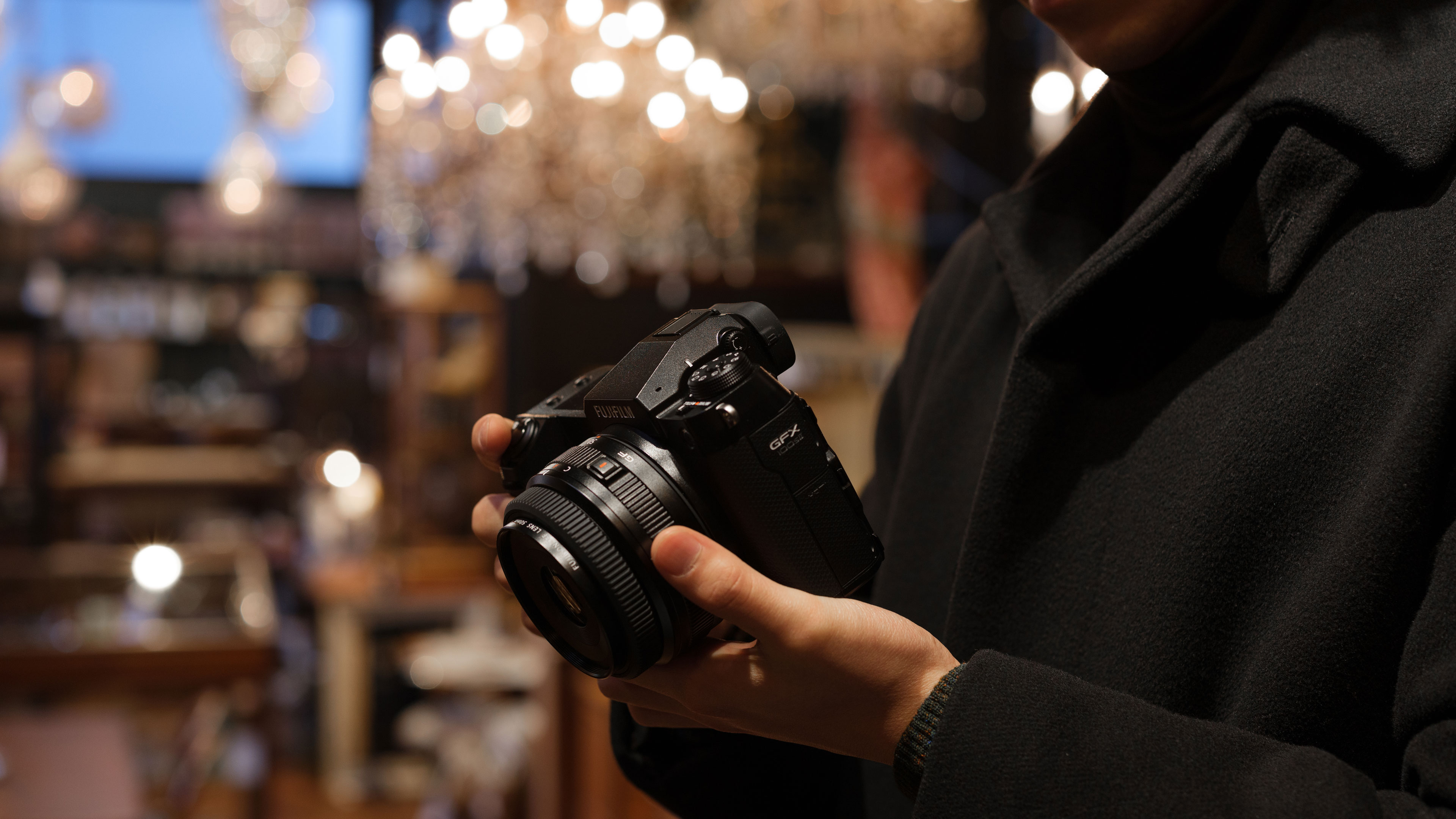
• Fujifilm GFX 100S II: 5-axis IBIS, 8 stops
• Fujifilm GFX 100S: 5-axis IBIS, 6 stops
The GFX 100S already had 6-stop in-body image stabilization, but the GFX 100S II raises the bar, using a carefully tuned IBIS setup that increases the shake compensation to 8 stops. That’s very impressive given the size of the sensor in this camera, and will give photographers even more confidence when shooting handheld – a sensor of this resolution will easily reveal the smallest shake, and much more so than smaller, lower-resolution cameras.
5. Continuous shooting
• Fujifilm GFX 100S II: 7fps mechanical shutter, 184 JPEG, 30 raw
• Fujifilm GFX 100S: 5fps mechanical shutter, 42 JPEG, 16 raw
The original GFX 100S could shoot at a steady 5 frames per second, but the GFX 100S II improves on this with a top speed of 7fps with the mechanical shutter. This has been achieved with a newly developed shutter drive, and we presume, the extra power of the X Processor 5 – which also significantly improves the buffer capacity for continuous shooting, even at this higher speed.
6. Size and weight
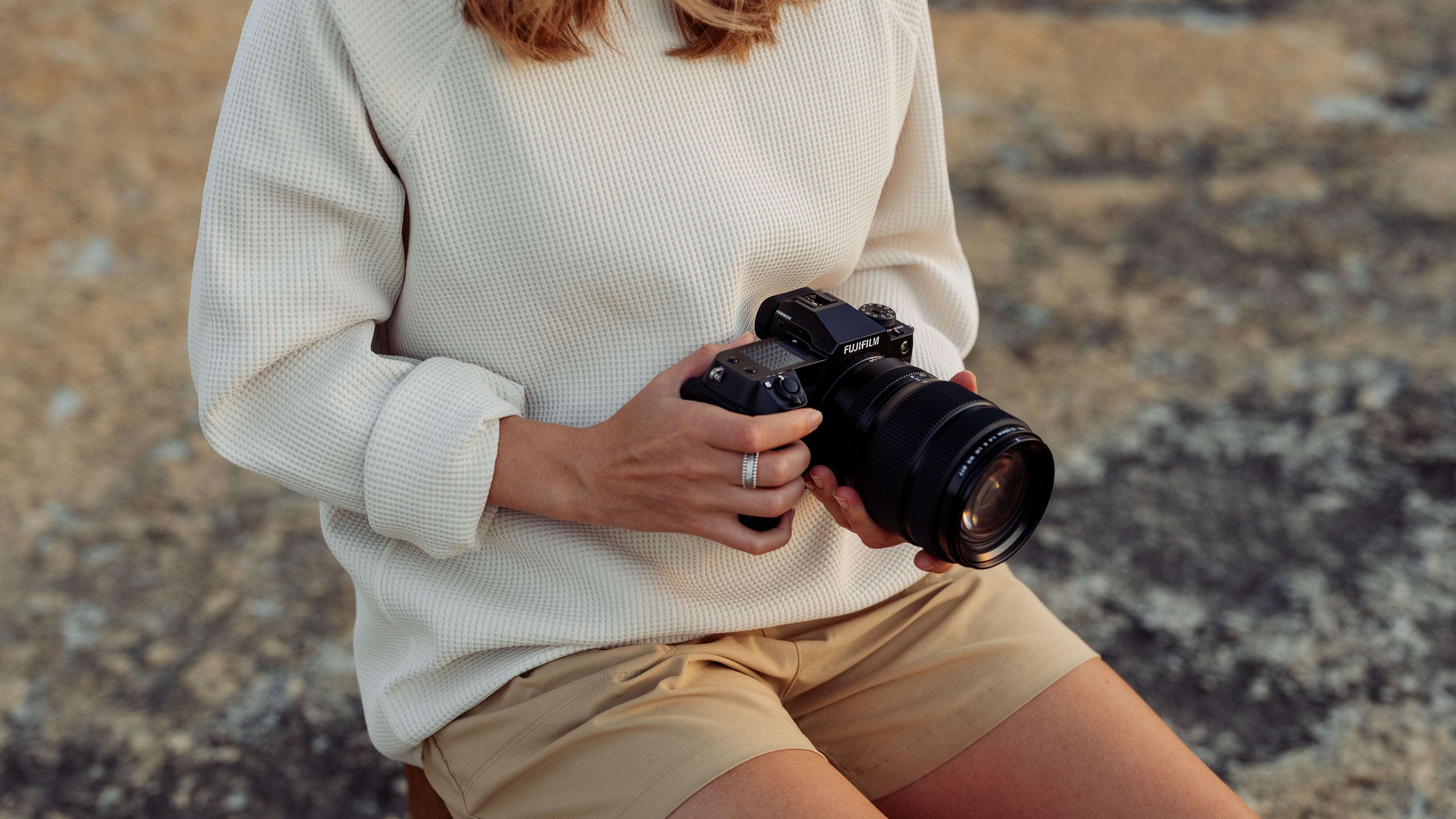
• Fujifilm GFX 100S II: 150 x 104.2 x 87.2mm, 883g
• Fujifilm GFX 100S: 150 × 104 × 87mm, 900g
Fujifilm is very proud of the fact that the new GFX 100S II is even lighter than its predecessor, though in truth the differences are very small. The physical dimensions are essentially unchanged, and the reduction in weight is just 7g.
Fujifilm has, however, introduced a new BISHAMON-TEX material for the grip and camera surfaces, which should provide a better handling experience. It’s also worth pointing out that both models are remarkably compact and easy to handle for medium format cameras.
Film Simulation fans might want to note, by the way, that the GFX 100S II adds Fujifilm’s REALA ACE simulation to the GFX 100S II, taking the total number of film simulations up to 20.
7. Displays
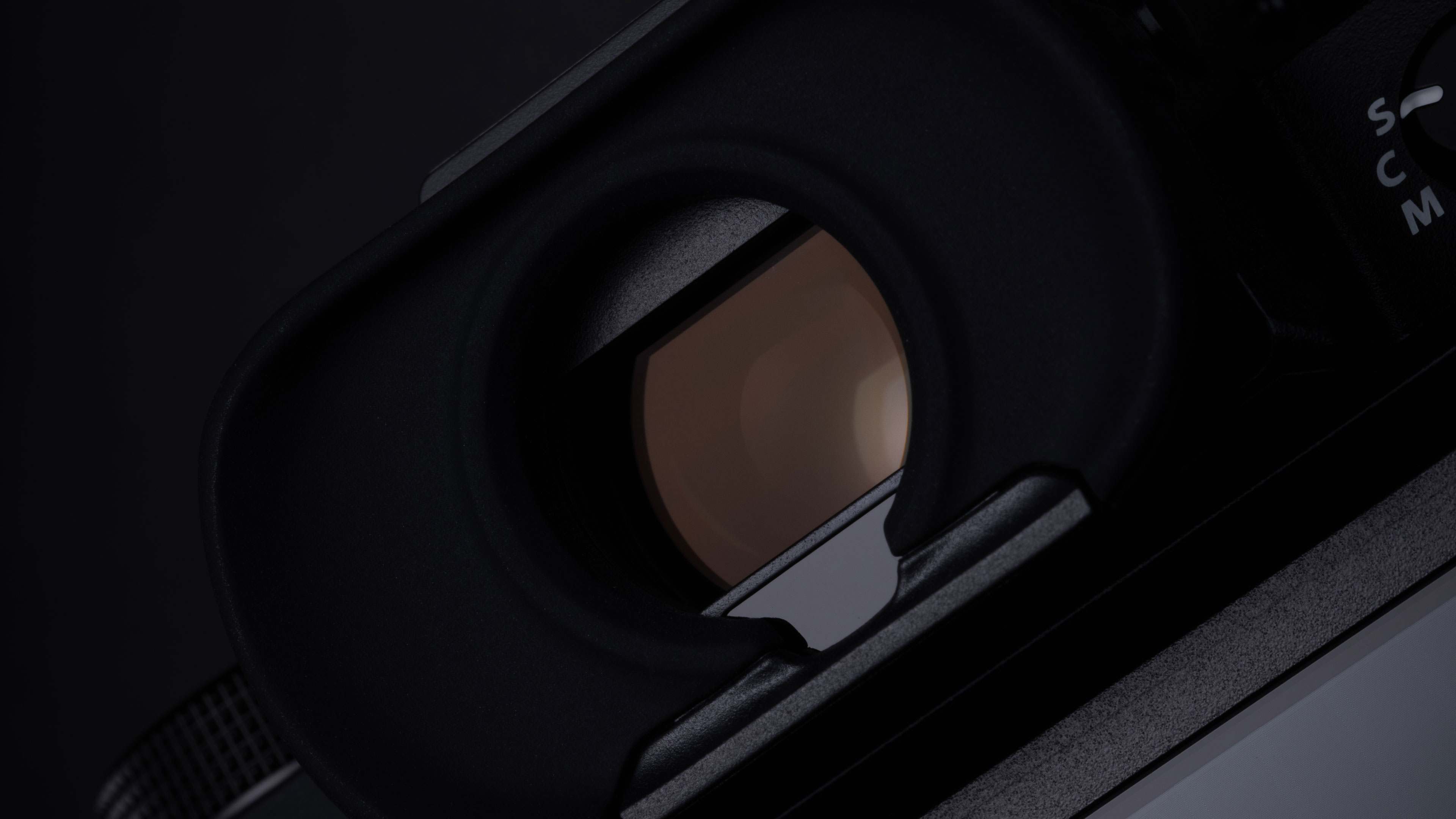
• Fujifilm GFX 100S II: EVF 0.5-in, 5.76m dot, 0.84x magnification, 100% coverage, 3.2-inch 2.36m dot three-way tilting touchscreen
• Fujifilm GFX 100S: EVF 0.5-in, 3.69m dot, 0.77x magnification, 100% coverage, 3.2-inch 2.36m dot three-way tilting touchscreen
While you won’t see many obvious differences on the outside of these two cameras, the GFX 100S II does have an improved EVF. The GFX 100S had a decent but unremarkable 3.69m dot OLED EVF with 0.77x magnification, but on the GFX 100S II, both the resolution and the magnification have been increased, to 5.76m dots and 0.84x respectively.
While the GFX 100S II does have a significantly improved EVF, the 3.2-inch 2.26m dot 3-way tilt screen on the back is the same on both cameras.
8. Power
• Fujifilm GFX 100S II: NP-W235, 530 shots
• Fujifilm GFX 100S: NP-W235, 460 shots
One of the few drawbacks of the compact GFX 100S design is that it can only accommodate a modest NP-W235 battery, though on the GFX 100S II, Fujifilm has eked out a little more battery life, quoting 530 shots on a single charge versus 460 shots with the older camera. That’s not enough to justify upgrading your camera and you’ll almost certainly need to carry around a couple of spares regardless, but any improvement is worth having.
Fujifilm GFX 100S II vs GFX 100S: conclusions

• Fujifilm GFX 100S II: $4,999 / £4,999
• Fujifilm GFX 100S: $4,399 / £3,499
While the GFX 100S II does have a number of significant and useful enhancements over the GFX 100S, if you’re choosing one of these cameras purely for stills photography of the highest resolution and image quality, then it’s likely the older camera will do the job just as well. The improvements in the GFX 100S II are largely aimed at increasing its versatility, with improved autofocus and video features in particular – though the improved IBIS is likely to be useful to everyone.
If you already have a GFX 100S, there perhaps isn’t enough that’s new in the GFX 100S II to make it a necessary upgrade, unless your old camera is on its last legs.
If this is your first GFX 100S, though, it’s a little trickier. The GFX 100S is still on sale as we write this, and it’s usefully cheaper than the new model in the US and a lot cheaper in the UK. The ‘old’ GFX 100S has become a really affordable route into high-resolution, high-quality photography.
However, if you want to future-proof your purchase as far as possible, the new GFX 100S II is a very fast, powerful and up to date medium format stills camera that should last you for years go come. It doesn’t cost a whole lot more than the old model right now and in fact the GFX 100S II cheaper now than the GFX 100S was when it was launched.
See our guide to the best medium format cameras, and our rundown of the best Fujifilm GF lenses
Get the Digital Camera World Newsletter
The best camera deals, reviews, product advice, and unmissable photography news, direct to your inbox!

Rod is an independent photography journalist and editor, and a long-standing Digital Camera World contributor, having previously worked as DCW's Group Reviews editor. Before that he has been technique editor on N-Photo, Head of Testing for the photography division and Camera Channel editor on TechRadar, as well as contributing to many other publications. He has been writing about photography technique, photo editing and digital cameras since they first appeared, and before that began his career writing about film photography. He has used and reviewed practically every interchangeable lens camera launched in the past 20 years, from entry-level DSLRs to medium format cameras, together with lenses, tripods, gimbals, light meters, camera bags and more. Rod has his own camera gear blog at fotovolo.com but also writes about photo-editing applications and techniques at lifeafterphotoshop.com
